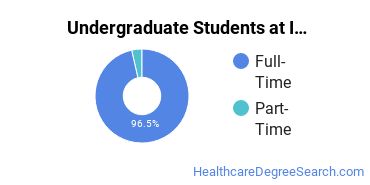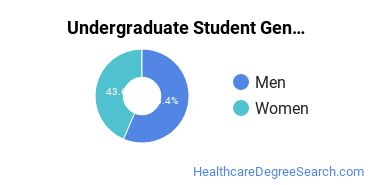Instituto Tecnologico de Puerto Rico-Recinto de Manati Healthcare Programs
Instituto Tecnologico de Puerto Rico-Recinto de Manati is a public institution situated in Manati, Puerto Rico. Manati is a good match for students who enjoy the safety and convenience of the suburbs.
Featured schools near , edit
Where Is Instituto Tecnologico de Puerto Rico-Recinto de Manati?

Contact details for ITEC-MANATI are given below.
| Contact Details | |
|---|---|
| Address: | State Road 2 Km.47.3, Manati, PR 00674-1091 |
| Phone: | 787-854-2250 |
| Website: | itec.pr |
Admission Requirements for ITEC-MANATI
| Submission | Required? |
|---|---|
| High School GPA | 1 |
| High School Rank | 3 |
| High School Transcript | 1 |
| College Prep Program | 3 |
| Recommendations | 3 |
| SAT or ACT Scores | 3 |
| TOEFL | 3 |
How Hard Is It To Get Into ITEC-MANATI?
Approximately 40% of accepted students are men and 60% are women. The acceptance rate for men is 86%, and the acceptance rate for women is 96%.
Can I Afford Instituto Tecnologico de Puerto Rico-Recinto de Manati?
Instituto Tecnologico de Puerto Rico-Recinto de Manati Undergraduate Student Diversity

Gender Diversity
Of the 426 full-time undergraduates at ITEC-MANATI, 52% are male and 48% are female.

Racial-Ethnic Diversity
The racial-ethnic breakdown of Instituto Tecnologico de Puerto Rico-Recinto de Manati students is as follows.

| Race/Ethnicity | Number of Grads |
|---|---|
| Asian | 0 |
| Black or African American | 0 |
| Hispanic or Latino | 426 |
| White | 0 |
| International Students | 0 |
| Other Races/Ethnicities | 0 |
Instituto Tecnologico de Puerto Rico-Recinto de Manati Healthcare Concentrations
The table below shows the number of awards for each concentration.
| Major | Associate’s | TOTAL |
|---|---|---|
| Medical Radiologic Technology/Science - Radiation Therapy | 10 | 10 |
| Registered Nursing | 5 | 5 |
| TOTAL | 15 | 15 |
References
*The racial-ethnic minorities count is calculated by taking the total number of students and subtracting white students, international students, and students whose race/ethnicity was unknown. This number is then divided by the total number of students at the school to obtain the racial-ethnic minorities percentage.
More about our data sources and methodologies.
